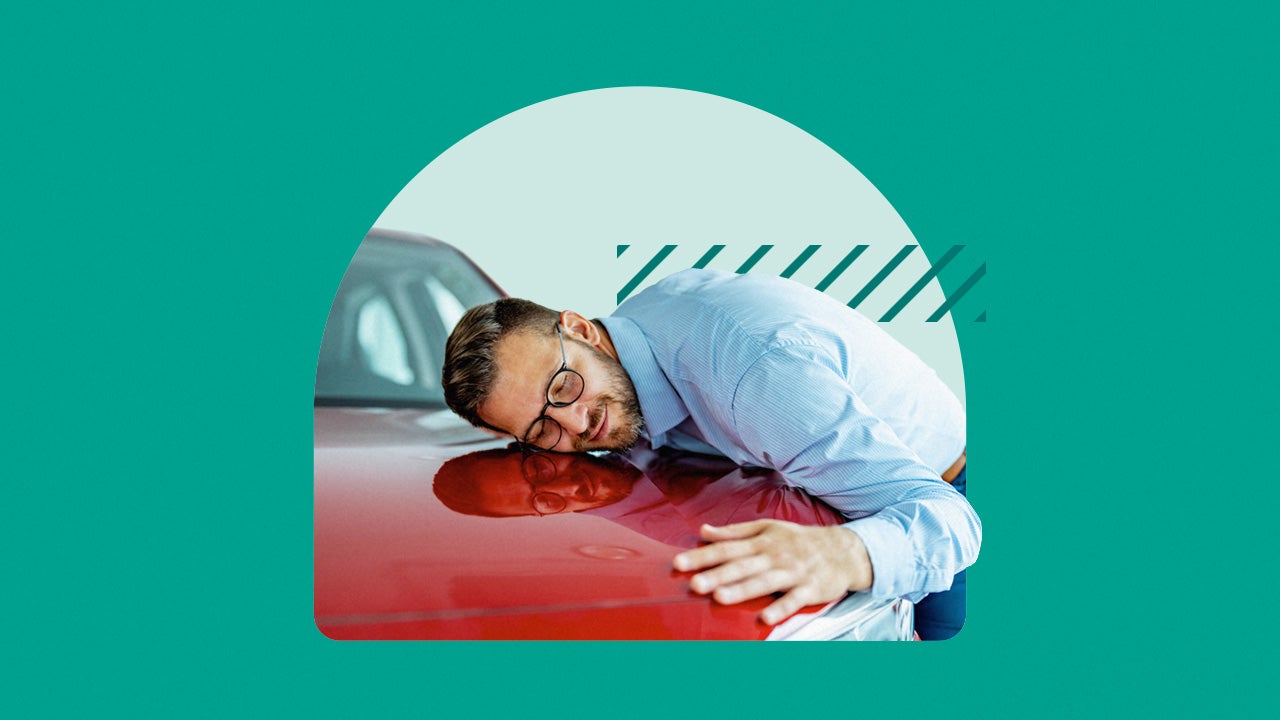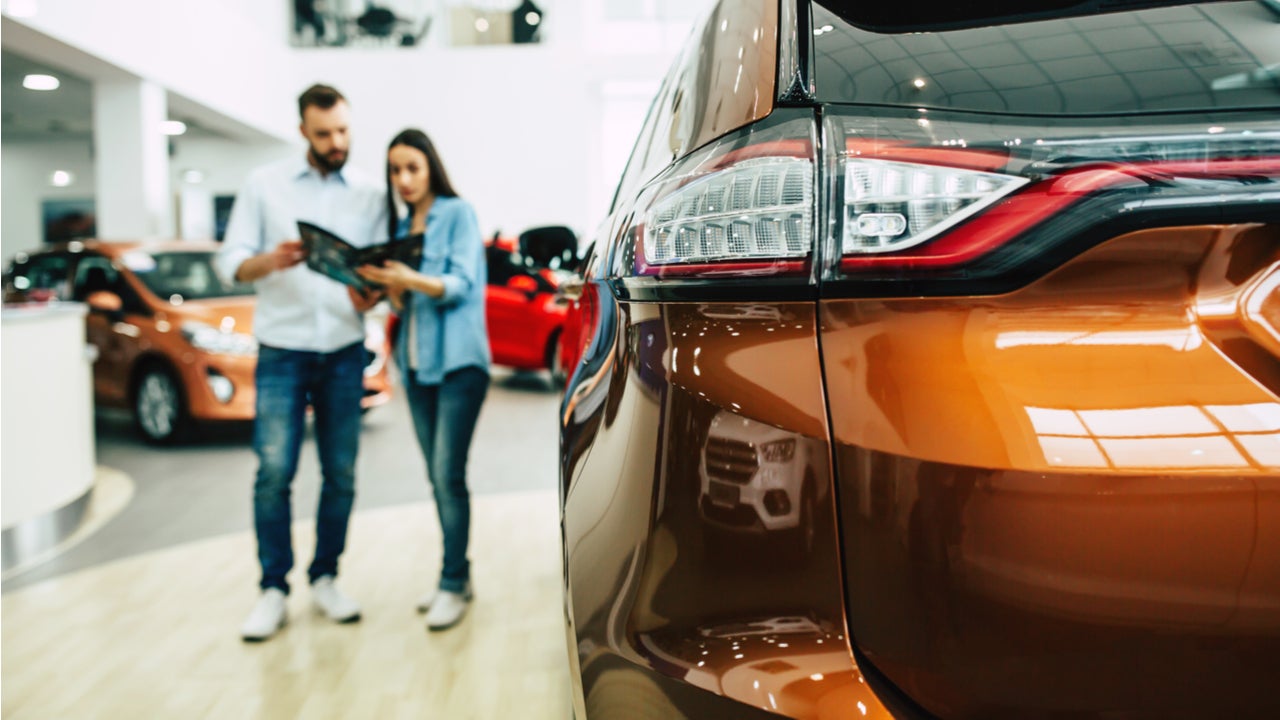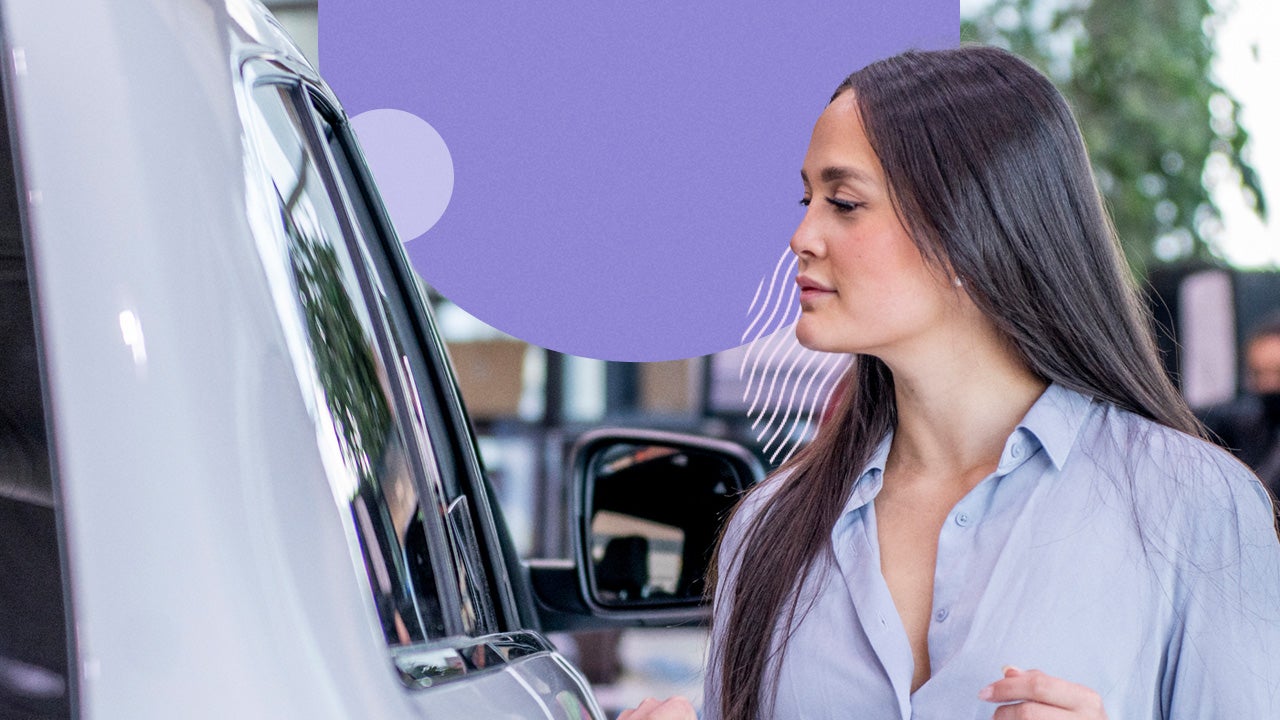Pros and cons of leasing vs. buying a car

Key takeaways
- Leasing a car can generally requires less money upfront and has lower payments, but there are typically mileage restrictions and additional costs.
- Buying can mean more expensive monthly payments and long-term maintenance costs, but you have greater control over it use.
- With leasing, you do not own the vehicle at the end of the lease term. Financing is more expensive in the short term, but you will own the vehicle when you finish paying.
When you lease a car, you pay to use it for two to four years — and will return the vehicle once the lease term is up. It often means lower monthly payments, but it can cost more than buying a car.
This is because you won’t get your down payment back when you return your leased car. If you’re deciding between the two, balance your desire for top-of-the-line tech and a reasonable monthly payment against the benefits of owning a car long term.
Leasing vs. buying a car
Leasing and buying are both valid ways to get your hands on a new vehicle. Buying offers fewer restrictions than leasing on how much you can drive and what you can do with the vehicle. Plus, you own the vehicle at the end of the loan. But leasing is a less expensive option month-to-month if you want to get into a luxury car.
How much you spend can also be affected by your credit score. Lenders will pull your credit score to determine how likely you are to repay your loan. If you have a low credit score, you could pay more to lease or buy your new car.
According to data from Experian, the average car payments for both auto loans and auto leases is directly impacted by your credit score.
- The average lease payment for subprime borrowers, credit scores between 501 and 600, was $609 in the fourth quarter of 2024. Super prime borrowers with credit scores between 781 and 850 saw a lower average payment of $603.
- The average monthly payment for used auto loans was $539 for subprime borrowers and $527 for super prime borrowers.
- New car loans had a similar difference, with subprime borrowers paying $759 each month compared to the $729 per month paid by super prime borrowers.
The decision to lease or buy comes down to a few other factors as well: the miles you expect to drive, the amount of money you are willing to spend and the vehicle’s purpose. Use a calculator to compare leases and loans to decide if leasing or buying is better for your budget.
Pros and cons of leasing a car
When you lease a car, you pay for the right to drive the vehicle for a fixed period — typically three or four years, unless you opt for a short-term lease. Most leases are financed through the dealer.
You will need to pay taxes, title fees, licensing fees, dealer documentation fees and prep charges at the lease signing — and, sometimes, you will need to pay a down payment to top it all off. The lease may also come with an acquisition fee or a drive-off fee. This can add up to thousands of dollars.
From there, you will make monthly payments over the life of the lease to cover the costs of the vehicle’s depreciation. There are typically restrictions on the number of miles you can drive the car during the lease term.
Also, be prepared to be charged for any excessive scratches, door dings, dents, interior stains, upholstery rips or damage from accidents. It may be cheaper to fix the damage yourself before turning in the car than it is to wait for the leasing company’s charges for the same repairs.

Benefits of leasing a car
- Leasing a newer car tends to cost less month-to-month than buying one.
- You may be able to drive off the lot with a significantly lower down payment — especially if you find a special lease offer.
- Warranty protection typically covers the first three years or 36,000 miles.

Drawbacks of leasing a car
- Most leases have annual mileage restrictions, typically between 10,000 to 15,000 miles per year.
- There are fees for any wear and tear beyond small scratches and dings as well as mileage overage fees.
- Terminating a lease early is expensive, but a cheaper alternative is a lease transfer — provided you can find someone to take over your lease.
Who leasing is best for
Leasing is the right option for you if you want to get behind the wheel of a vehicle without a substantial financial commitment upfront. It makes the monthly cost more manageable, while allowing you to drive a more luxurious vehicle than you might otherwise be able to afford.
But keep in mind the mileage restrictions and potential excess wear-and-tear charges that come along with leasing. If you like long road trips, leasing might not be right for you.
Pros and cons of buying a car
Buying a vehicle means you maintain possession of the car instead of leasing it for a few years. But because you are paying for the whole vehicle, not just its short-term use, you will face a much higher bill on average. According to Experian, the average amount financed was $41,572 for new cars and $26,468 for used cars.
There are other more affordable options for buying a car, though, including certified pre-owned vehicles (CPO). For new cars purchased with a loan, the price tag for your monthly payments is typically higher than leasing. However, the vehicle is officially yours once it’s paid off.

Benefits of buying a car
- When you buy a car, there are no restrictions on mileage, so you can drive as much as you want without extra fees.
- You won’t have to worry about what a dealer deems normal wear and tear.
- After you pay your car off, you can sell your car or trade it in if you want to upgrade to a newer model.

Drawbacks of buying a car
- When you buy a car, you will probably spend more each month than you would on a lease.
- If you put more money down, you can reduce the amount you need to borrow and — by extension — those monthly payments, but it will take a bigger chunk of your savings.
- Owning a car means paying to fix it when something breaks because the warranty doesn’t cover everything and won’t last forever.
Who buying is best for
If you prefer to be in total control when it comes to your vehicle and finances, buying might be best for you. You won’t have to worry about mileage restrictions or possible additional charges for things like wear and tear.
Although buying or financing your vehicle through a loan takes some extra homework, you will have full control of the vehicle and can sell or trade it in at any time — a benefit that leasing cannot offer.
Bottom line
Determining whether you should lease or buy a car depends on a careful assessment of your finances and driving habits. Think about how much you can comfortably afford to pay upfront each month, and consider how many miles you spend on the road to figure out the most cost-effective way to hit the highway.
When you know what kind of car you want, crunch the numbers with a lease versus buy calculator. Also, shop around for financing and compare your rates to ensure you make the best financial move.








